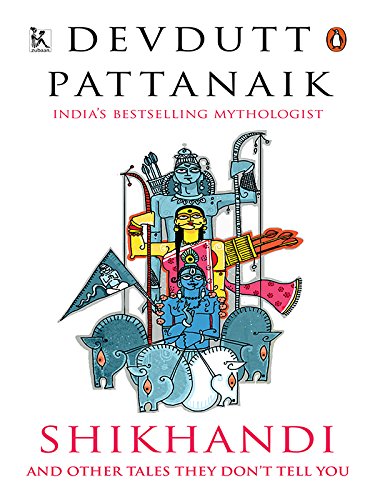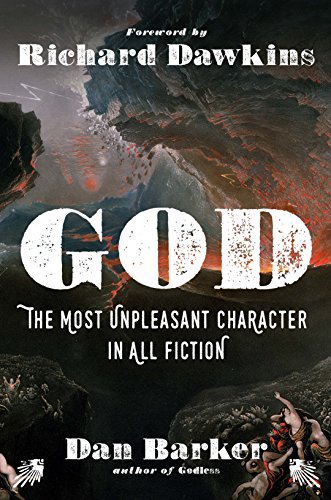Book Review of The Girls of Murder City Fame, Lust and Beautiful Killers Who Inspired Chicago by Douglas Perry
The Girls of Murder City – Fame, Lust, and the Beautiful Killers Who Inspired Chicago by Douglas Perry is about the infamous
and widely debated trials of some of the inmates of Cook County Jail and the
Tribune reporter who covered the stories. Before we move to the core of this
book let me tell you a bit about the backdrop. In 1920, thorough a
Constitutional Amendment, women’s right to vote was nationally acknowledged. It
came as a result of a nation-wide suffrage movement that went on for more than
a century. So 20s was a decade of asserting rights, of freedom. The nation was
still vibrating in post-suffragist thrill. It was just the beginning of a big
change.
However, there was also a sudden rise in number of inmates
in what was called the Murderess’ Row of Cook County Jail. Katherine Baluk,
Belva Gaertner, and most important of all Beulah May Annan – they were the most
discussed personalities in newspapers. Katherine Malm or Kitty and his
boyfriend, in an attempt to robbery had shot a security guard. Belva Gaertner,
then thirty-eight years old, double-divorcee and the ex-wife of millionaire William
Gaertner, had shot her boyfriend in her own sedan. Beulah, who mesmerised the
entire Chicago with her ethereal beauty, had shot her lover in her apartment
when her husband Al was at work.
Some started hinting that women were overwhelmed by their
newfound freedom. There were too many things to do. Too many choices. The law
dealt with the accused with Victorian gallantry. It became a rare thing to
punish a woman unless she’s unattractive or black. The jury that consisted
entirely of men frequently gave verdict that resulted in acquittal of
defendants. This happened particularly when the defendants were pretty and
there was already a public opinion in their favour.
Times may have been
changing, but the Victorian feminine ideal still loomed large in the typical
juryman’s psyche. He couldn’t help but be disposed toward demure ladies with
pretty figures and good pedigrees.
The newspapers, overzealous and competitive, published
stories loaded with prejudice that often shaped the public opinion and even the
verdict. Court proceedings were turned into farcical performances, while
justice took a backseat.
But things didn’t go as smoothly for poor, uneducated girls
like Kitty Malm. The newspapers roared with disapproval of her character. She
was labelled physically and mentally contaminated. Even the social activist
Belle Moskowitz declared that Kitty was beyond
the bounds of salvation. She had neither the charms of Beulah, nor the styles
of Belva.
Katherine was given a life sentence.
And it came as no
shock. However, this raised an important question,
Was everything
different now because of Katherine Malm? Were juries now willing to convict
women of murder, after years of refusing to do so?
The state’s attorney’s office answered in affirmative. From
now on murderous women would receive the same treatment as men did. But as we
read along, we find that it’s far from the truth. As for the public opinion,
little had actually changed. The newspapers told their readers,
A woman prone to crime
and violence had a “broad nose and cheekbones, full chin and lips, contracted
upper frontal skull development and prominent bulging development of the
forehead just over the eyes and nose.
That is, in simpler words, women who aren’t attractive or at
least classy are more likely to have a criminal mindset. In a state where
people are bombarded with that kind of information, little sympathy can be
expected for the likes of Kitty Malm or Sabella Nitti. After all they were not
like ordinary, decent women.
Meanwhile, Murderess’ Row got its new member, Beulah Annan a
perfect personification of beauty. The thin straight nose, the high cheekbones,
the gorgeous red hair – indeed, she was the prettiest murderess of Cook County. And she
seemed to be aware of it too. She didn’t miss an opportunity to pose for the
news photographers. She was showered with fan mails and flowers. The world went
crazy about her.
Time and again Beulah
Annan was described as if she were a work of art: her hair was not simply red
but “Titian,” her coy smile that of a “Sphinx” withholding a thrilling riddle.
She attracted everyone towards her. Even the male reporters
loaded their opinion in her favour. The Post called her a butterfly on a wheel.
A damsel in distress, she seemed to have gained a lot of public sympathy over a
very brief period of time. But would it wash out the blood from her hands?
Would her beauty be a deciding factor in the verdict? The evidences were
against her. In her final statement she claimed she killed in self-defence. But
how Harry, who had approached her with intent of assault, took the bullet on
his back? On one side there were incriminating evidences against her. On the
other, were her beauty and charm. What would the jury say? The answers are all
in The Girls of Murder City – Fame, Lust, and the Beautiful Killers Who
Inspired Chicago by Douglas Perry. Fate of some other inmates like Belva
Gaertner and Sabella Nitti, would be revealed.
Although the title of the book may make you think otherwise,
the focal point of The Girls of Murder City was Maurine Watkins, the reporter
of Chicago Tribune. Before coming to Chicago she was a pupil in prestigious
playwriting workshop of George Pierce Baker, a professor in the English department
at Harvard University. Baker believed that newspaper work was excellent
training for a writer. The case of Beulah Annan came as an assignment – her first
real engagement as a crime reporter. With her experience of the trial, she
would later write a play The Brave Little
Women, that would later be renamed as Chicago.
The Brave Little Woman
focused on the criminal-justice system, “sensation journalism,” and the
stupidity of old-fashioned notions of chivalry in an era of pretty young women
wielding guns and sex to get what they wanted.
In her play Beulah Annan became Roxie Hart, Belva became
Velma. However in its movie adaptation a few things were changed. The main
character Roxie Hart was depicted as innocent, thus it took away the essential humour
from Maurine’s original play. Needless to say, Maurine wasn’t particularly
pleased about it. Her satire questioned, for the first time, the legitimacy of
having an all-male jury. The proposals were made on having women among the jury.
The book The Girls of Murder City Fame, Lust, and the Beautiful
Killers Who Inspired Chicago by Douglass Perry, however, raises an important
question: whether a truly unbiased justice is possible? Today we have laws that
set ethical standards, and a legal system to control the digressions. But doesn’t
it ultimately come down to a human being judging another human being and meting
out punishments based on that judgement? I believe we are not supposed to take
into account age, sex or race but only the circumstances under which the crime
has taken place. But every time we make a decision, don’t we make, as a basis
to that decision, all our prior experiences, our individual morality and
awareness?
This question, however, I leave upon the reader to decide and
debate over.



























